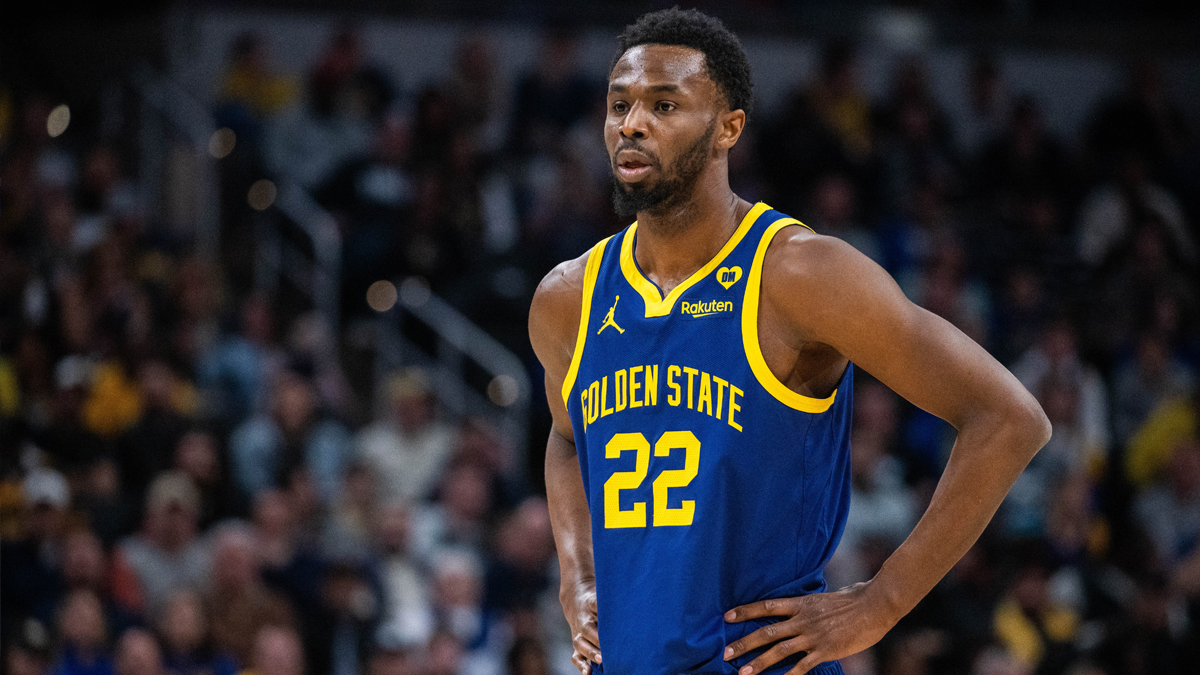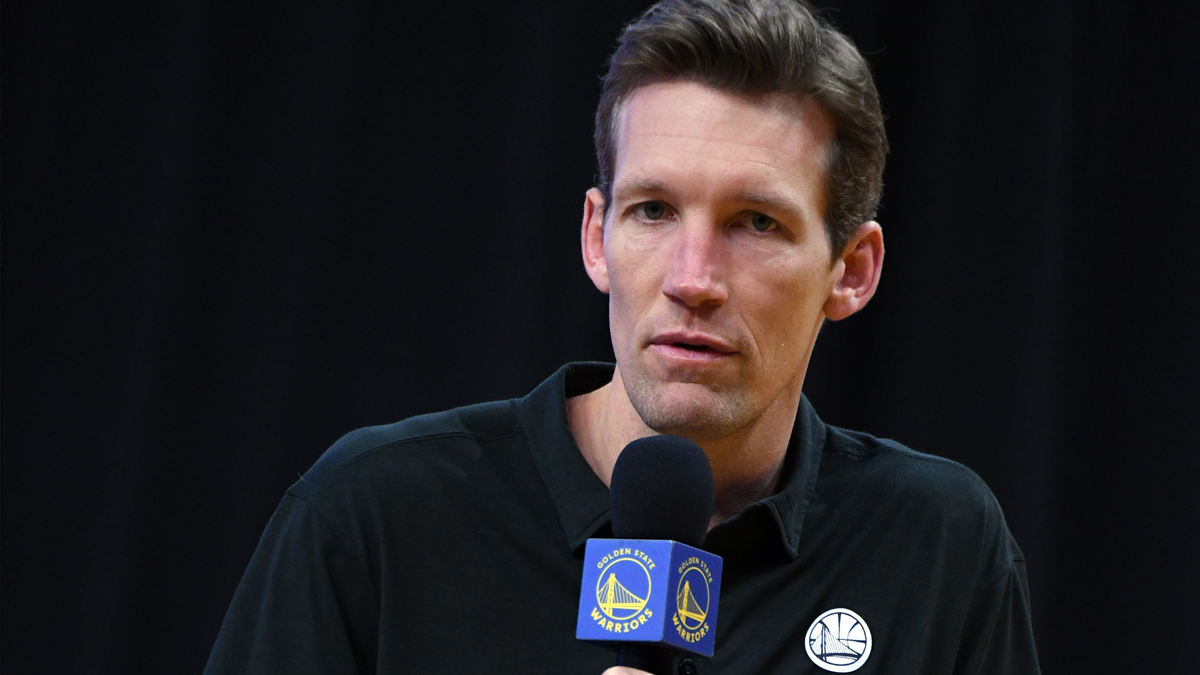The Elam Ending is back for the 2023 NBA All-Star Game.
The format has become used more often in recent years for competitions that don’t involve dramatically high stakes, but it adds to the fun and intrigue – which is why it’s a solid fit for the All-Star Game.
But it’s not exactly a mainstream format just yet, and there will surely be questions when it’s used in Salt Lake City for the 2023 festivities.
Let’s take a look at the Elam Ending’s meaning and why it exists:
What is the Elam Ending?
The Elam Ending is a format in basketball that sees a game played to a specific target score instead of timed quarters.
What is an example of the Elam Ending?
Golden State Warriors
In the NBA All-Star Game, for example, the first three quarters are timed as usual, but the fourth quarter switches to the Elam Ending. Let’s say both teams are tied at 130 going into the final quarter. Instead of making them play an extra 12 minutes, the game instead will be set to a final target score of 154. The first team to reach the designated score wins.
How do they determine the target score at the NBA All-Star Game?
The NBA designates the final target score by adding 24 to whichever team has the highest number of points after three quarters as a way to honor Kobe Bryant, who popularized the jersey number during his legendary 20-season career.
In 2020, the format’s first time in use in the NBA and the year Bryant passed away in a tragic helicopter crash, Team Giannis led Team LeBron 133-124 through three quarters, so 157 became the target score. But Team LeBron made a comeback and reached 157 first to win.
Is the Elam Ending win by two?
There isn’t an exact rule on that in the All-Star Game, but the best example came in 2020. Team LeBron beat Team Giannis 157-155, as aforementioned, on an Anthony Davis free throw, which just happened to be a two-point difference.
Who came up with the Elam Ending?
Nick Elam, an assistant professor of educational leadership at Ball State University, first introduced the idea in 2007. It started in 2004 when he watched March Madness with his friends and realized the quality of games dropped quite considerably towards the end.
Elam, who graduated from the University of Dayton, explained his reasoning to Cleveland.com in 2020:
“It was like so many games we had seen before, where it's a highly intense, highly competitive game, and then you get to the final stretch of the game and all the air just goes out of the arena. The quality of play deteriorates, and the outcome just seems predetermined.”
Why is the Elam Ending better?
This one is subjective, but players and coaches alike have voiced support for continuing the format in future games.
LeBron James, per Cleveland.com in the same Nick Elam story, had this to say after the 2020 game:
"I didn’t know what to expect because it was a new format, new year. None of us knew what to expect. But throughout the whole fourth quarter and at the end of the game, everybody was like, ‘That was pretty damn fun.’”
Toronto Raptors head coach Nick Nurse, who led Team Giannis that year, felt it kept a usually non-competitive atmosphere much tighter than expected.
“I think with the cumulative score, even though we were down in the first quarter, we thought we had to keep plugging to keep it close so it doesn’t get too far away,” he said. “Then when we were on the other side of it, we said let's keep increasing our lead and get as big of an advantage going into the fourth.”


